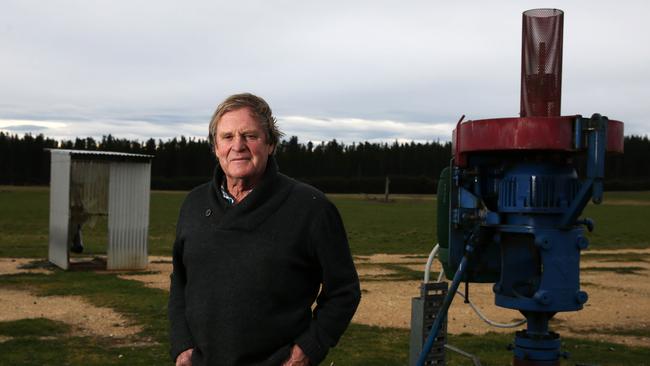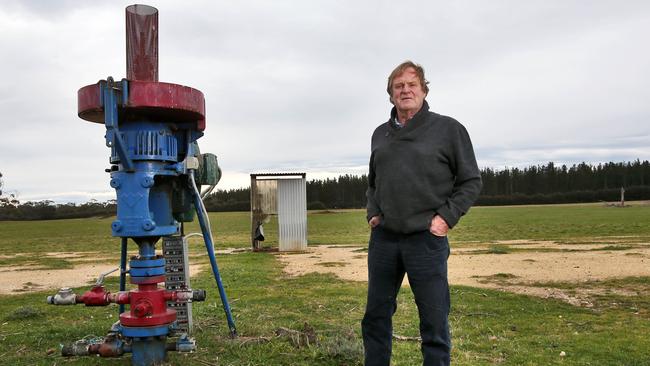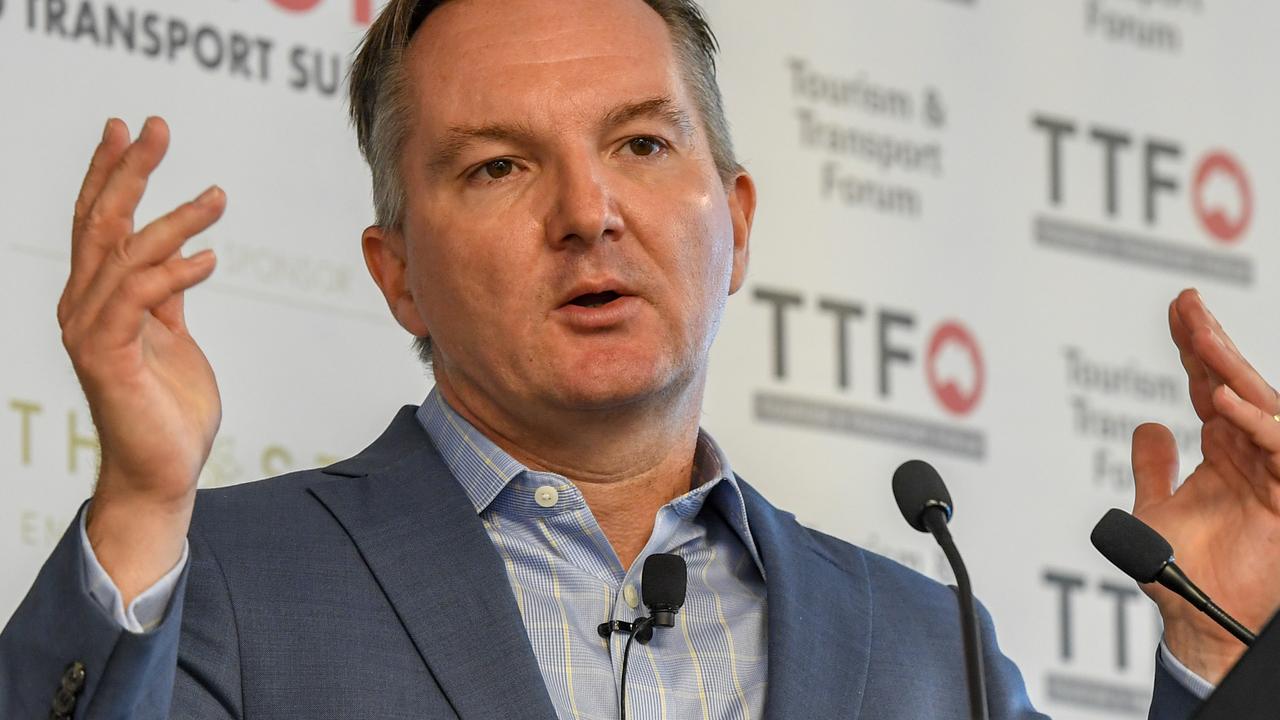
And it would be even better if Prime Minister Malcolm Turnbull and Opposition leader Bill Shorten could also fly to the farm.
There they could meet Gregor McNaughton, the son of a soldier settler farmer, and Gregor’s son — the third generation McNaughton to farm the area. The McNaughtons have a large herd of merino sheep and rams. They also grow lucerne and sometimes vegetable crops. They have had seven good seasons but 2017 has been dry.
Underneath the McNaughton farm and others in the area is what likely to be Australia’s largest untapped gas reserve. It could be about equal to the original but now depleting Bass Strait reserves. The world’s largest oil company Exxon was so excited by this amazing field that they agreed to spend $100 million on the areas held by Ignite Energy Resources (via its subsidiary Gippsland Gas).
What made Exxon so excited was the fact that this Gippsland gas was rare in the world. It did not require fracking and contained incredibly pure water that farmer McNaughton was able to use on his farm. Full development would transform the water outlook of the dry parts of the region. And the gas is so deep that the water can be extracted without posing any danger to the Gippsland underground rivers called aquifers.
Just as exciting, the gas was only few kilometres from the Exxon distribution centre at Longford.
BlueScope pencilled an agreement to take gas for its big Western Port steel plant, so ensuring its future and the outlook for employment in the depressed Latrobe Valley would be transformed.
But in 2013 the then Victorian Coalition premier Denis Napthine had an election due the following year and he was behind in the polls. The Greens were giving him a hard time and Seaspray was a long way from his hometown of Warrnambool so he banned Gippsland gas exploration and development. Whether he knew about the looming gas shortages in Bass Strait and the much higher gas and power costs Victorians and Australians would face partly as a result of his action is not known.
But when in February 2017 ALP Premier Daniel Andrews and his Opposition counterpart Matthew Guy extended the ban, they must have known that the gas in Bass Strait was running down and by continuing the ban until 2020 it would boost Victorian power and gas prices and endanger gas supplies. They also banned fracking indefinitely. That was no problem because Victoria has no need to frack gas.
Given the decisions were made on political grounds the chief scientists in Australia should look at the remarkable gas reserves in Gippsland and decide on the safety, to give the politicians a way out.
Even when approval is given it will take two years to be ready for development so there is no quick fix. But this gas in Gippsland is so remarkable (and totally unlike Queensland coal gas) I want to share with you more geological details than I normally would.
The onshore natural gas in the Gippsland Basin is neither conventional reservoir gas (Bass Strait) nor the traditional coal seam gas, as found in Queensland.
Gippsland onshore gas is formed in deep lignite (brown coal) seams, which occur in multiple layers from about 500 metres to 1200 metres deep.
The lignite is really “old peat” and is still biologically alive, with the methane gas (natural gas) being formed by biological decomposition.
The lignite that contains the biogenic natural gas cannot be fracked (chemical injection), and contains over 50 per cent water. These deeper lignite seams are many times deeper than the surface aquifers that the local farmers tap into for irrigation and are almost certainly not connected to them.
Fascinated Exxon geologists in Houston completed an extensive technical review of the field, based on the thousands of drill holes drilled since the early 1900s in onshore Gippsland that had been seeking oil. The explorers ignored the gas they encountered.
Most of those wells were drilled before gas and oil was discovered in Bass Strait.
I can remember in the early 1960s as a young journalist travelling to Gippsland and attending the “spudding in” of the Lake Wellington Park no. 1 well drilled by Woodside and being told by geologists that if the well did not hit oil then the oil was in Bass Strait where BHP already had leases.
Exxon later joint ventured with BHP and found the oil and gas that had eluded Woodside and its dynamic leader, the late Geoff Donaldson. (But Donaldson made sure Australians had a share of North West Shelf gas and oil). The Exxon study also encompassed data from their Bass Strait offshore oil and gas exploration and development.
In addition around 2008 several test holes were drilled on Burong farm (with the McNaughtons’ permission) by the then lease owner. The water that was pumped up with the entrapped gas, without any fracking and with no chemicals injected, was tested and met EPA Victoria standards for use by the farmer for agricultural/irrigation purposes. A delighted Gregor McNaughton irrigated lucerne for fat lambs and grew potatoes.

Should the Exxon study have proved the gas to be economical to develop and produce, there would also have been a new source of irrigation water for the nearby area that is sandy and in a mild rain shadow of the Strzelecki Ranges, where water licences are now in demand. At least ten other farmers were approached and willingly signed up prospective agreements for gas development and water provision on their properties, despite the worst efforts of the anti-fossil-fuel activists.
If the gas fields are developed the farmers will receive a share of the income and their economics will be transformed.
But Victorian state politicians on both sides are so scared of the activists that they would prefer Victorians and indeed all of eastern Australia to pay higher prices for gas and power.
Perhaps as well as going to Gippsland, the politicians should visit the suffering families.
Footnote: Gippsland Gas has relinquished its leases in frustration. Lakes Oil also has reserves of similar gas nearby and Exxon has bought a new gas field in Bass Strait. The world does not stand still.





Australia’s energy outlook could be transformed if Victorian Premier Daniel Andrews and Opposition Leader Matthew Guy found the time to go down to Burong farm, near Seaspray in Gippsland.